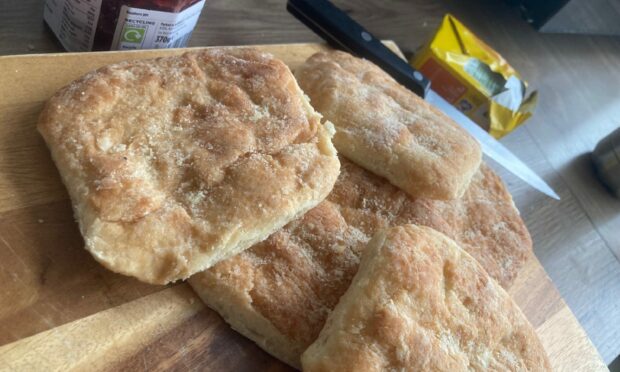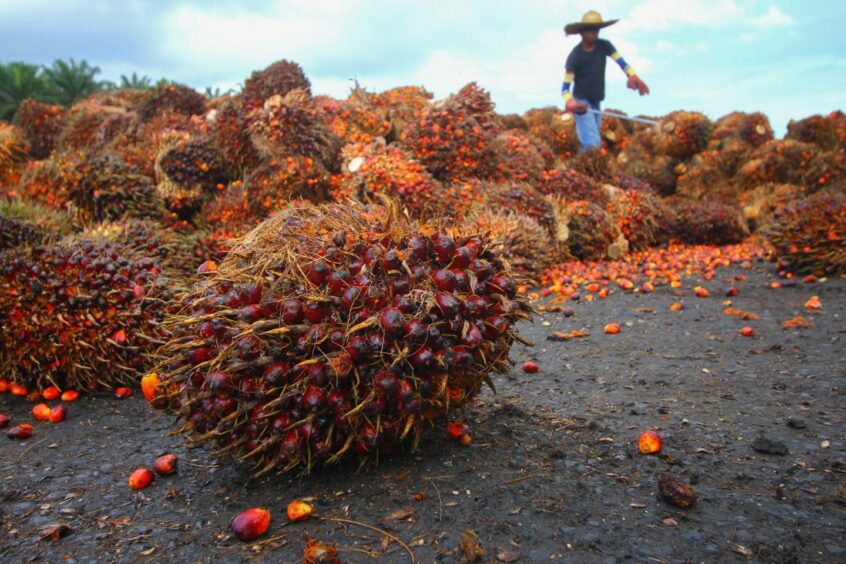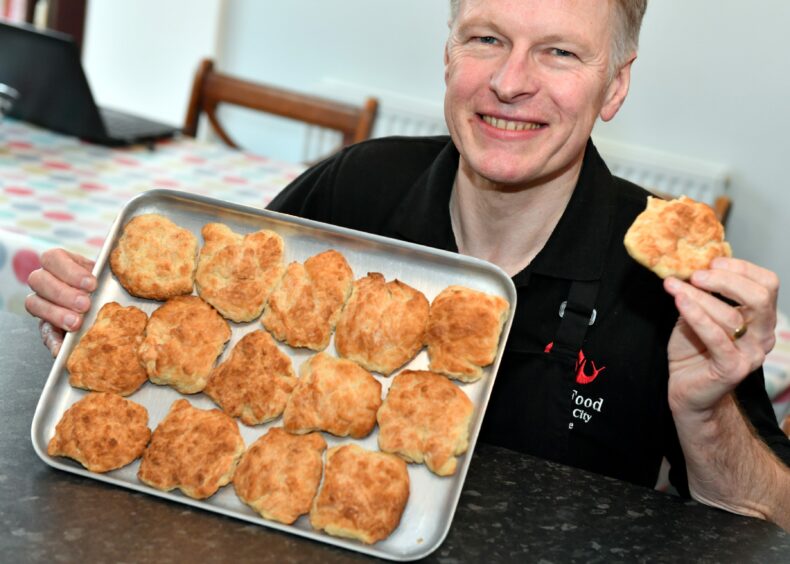The people have spoken – get palm oil out of our butteries.
A Press & Journal and Evening Express poll has revealed almost four-fifths of readers want bakers to stop using palm oil in butteries.
Out of 707 responses to the poll, 71% agreed that palm oil has no place in the local staple.
The firm response comes after we revealed that a major supplier of butteries to supermarkets could be forced to stop making the baked good because of potential palm oil shortages.
The story highlighted the use of palm oil in modern butteries in place of traditional ingredients such as lard.
The untold story of palm oil
Many readers were surprised that butteries – or rowies as they are also known – contain palm oil, which is linked to the deforestation of large swathes of south-east Asia.
“Proper butteries are made with lard not palm oil,” said Elaine Forrest on Facebook.
“Palm oil should be banned.”
A user called Alba Skye added: “Thought they were butteries not palmeries.”
How much would you pay for butteries?
But while many readers were united in their distaste for palm oil, a second survey showed they may not be willing to pay for better-quality butteries.
Asked how much they would spend on a four-pack of rowies, 75% said £2 – the average price currently. Only 5% said £5, while the remaining 20% said they would be willing to spend £3.
Aberdeen buttery expert Martin Gillespie welcomed the results of the poll, saying they underlined a public desire for traditional ingredients in food.
He also said the social media comments showed that many locals did not even know that butteries contain palm oil.
“The people did not seem to be aware that that’s what they were getting,” said Martin, who is the co-ordinator of local food group Slow Food Aberdeen and the founder of the World Buttery Championship.
“At the end of the day, it comes down to cost. The only reason they’re using palm oil is because it’s cheaper.”
Another way
However, Martin said some bakers who make butteries in the traditional method charge only slightly more than those who supply supermarkets.
According to Martin, the public has a choice.
He said: “You can get a buttery that tastes like cardboard, and pay 50p for it. Or you can pay 60p to get one that’s absolutely fabulous.”



Conversation